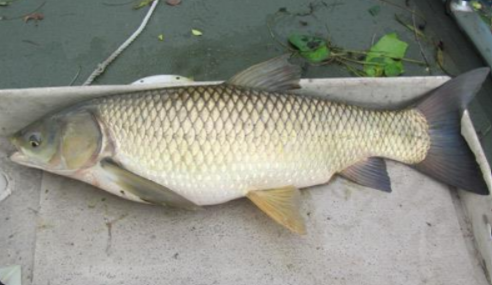November 1, 2021
Hydrilla and Carp Control Update 11/21
Rick Stuebing
Florida Fish and Wildlife (FWC) is planning to add four hundred (400) carp to Johns Lake in the near future. They typically put carp in the lake every few years. The primary purpose of the carp is to assist with controlling Hydrilla. There is a delicate balance to maintain with the number of carp in the lake. If the population grows too large, they will eat not only the Hydrilla but the important native plants as well, which could negatively impact the eco-system of the lake. FWC monitors the growth of the hydrilla to determine how many carp to add and what frequency to put them in Johns Lake.
There is no way to accurately say exactly how many of the carp stocked in the past are alive because we don’t have accurate numbers for stocking mortality (predation by largemouth bass when they are young, etc.). We are working to get better numbers on the natural grass carp mortality curve. From what some have observed, you start to lose 10-20% per year after age 6 or so. Most do not live past the age 10-12 years old. The maximum length of a grass carp is 4.6 ft (1.4 m), and the maximum weight is 97 pounds (44 kg). Adults look identical to juveniles, and they are not able to reproduce.

Plants Preferred by the Grass Carp
- Hydrilla
- Coontail
- Muskgrass
- Naiad
- Slender and jointed spikerush
Plants Preferred by the Grass Carp
- Water hyacinth
- Water lettuce
- Water lilies
- Torpedo grass
- Hygrophila
- Cattail

